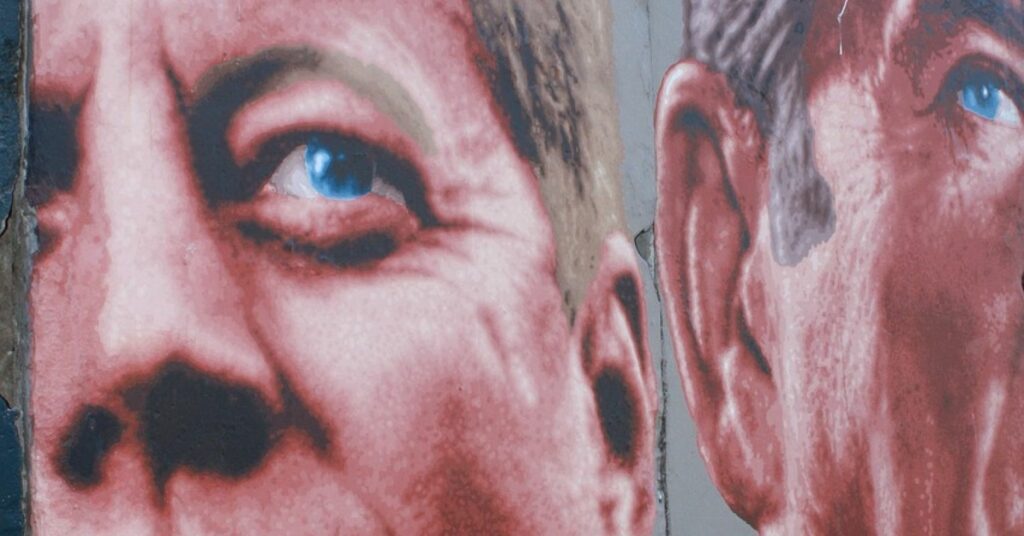By definition, eyewitness memory is visual. We see something happening at a crime scene, and we report it.
Yet a major potential for error turns up in that space between the image and the report.
Many visual details are lost relatively quickly from any given memory, resulting in our reporting only the brief gist of whatever we saw. For nearly a century, it has been known that even our personal beliefs can alter our memories (Bartlett, 1932; see Sharps, 2022).
article continues after advertisement
These types of memory alteration, in the direction of gist, loss of detail, and personal belief, would be bad enough. Still, an additional problem arises because we must report our eyewitness’s memories verbally.
A picture is supposedly worth a thousand words, but it’s possible that those thousand words can result in a wildly inaccurate description of a given picture. One of the best historical examples of this may derive from one of the most infamous historical crimes in America, the assassination of President John F. Kennedy.
President Kennedy was shot by Lee Harvey Oswald from the sixth floor of the Texas schoolbook depository in Dallas. One of the bullets that struck the President passed through his body and struck Texas Governor John Connally, who was sitting “in front” of the president in the presidential limousine. This bullet passed through the governor’s body, ultimately penetrating his leg.
Now, this so-called “magic bullet” has become infamous. In movies and books, we hear repeatedly about the fact that this bullet would have had to move laterally in its course, after traversing the president’s body, to have resulted in the wounds seen on the governor. Such a lateral course is impossible; bullets do not suddenly pause in their flight, move one way or another, and then continue in a new direction. The flight of this so-called “magic” bullet has fueled numerous controversies and conspiracy theories.
article continues after advertisement
Yet this entire controversy can be resolved immediately when we consider that eyewitness visual memories and images must ultimately be described in language.
Governor Connally was seated “in front” of President Kennedy in the limousine. If he were seated directly in front of the president, the course of the magic bullet would have been physically impossible.
However, the governor was seated in a jump seat in front and to the left of Kennedy’s position in the limousine.
Now, we can truthfully report, verbally, that the governor was in front of the president; however, unless we modify that statement with a mention that Connally’s position was offset to the left of Kennedy’s, we may get the impression that the governor was seated directly in front of the president, resulting in the impossibility of the perceived course of the magic bullet.
In laboratory exercises, we have replicated this effect using a laser sight mounted on a stand and a couple of volunteers sitting in chairs, their backs to the stand (obviously using all necessary safety precautions). If one of the volunteers sat directly in front of the other, the course of the “magic bullet,” as simulated by the laser sight, resulted in a complete impossibility; the volunteer representing Governor Connally could not have been wounded by that bullet in the manner that occurred.
article continues after advertisement
However, when we moved the Governor Connally volunteer to a position “in front of” but to the left of the President Kennedy volunteer, exactly as the real victims were seated in the limousine, we replicated precisely the course of the “magic bullet,” with no magic about it at all. The straight-line course traversed the “president’s” body and the “governor’s” body as occurred in the real assassination and “struck” the governor’s left leg, as marked by the final laser position, exactly as it did in the real-world crime scene.
Popular media notwithstanding, the simple fact is that there is no mystery here. The entire controversy lies in transitioning from the visual reality to the verbal report. The term “in front” seems to imply geometric positioning that requires impossible lateral bullet movement to the left. The visual reality gives us the actual geometry of the situation, with no magic required, as the real bullet ultimately lodged in Governor Connally’s leg in his actual position on the jump seat.
There are still many unresolved questions concerning this historically important assassination, of course, but the path of the “magic bullet” isn’t one of them. Rather, this infamous case illustrates an important principle of the interpretation of eyewitness memory. Eyewitnesses report the images, in their minds, that derive from their experiences at crime scenes; however, the transition from image to language can create inaccuracies. In this case, examination of an accurate diagram of the situation completely removes the mystery inadvertently created by the term “in front of,” which in isolation may imply a completely impossible geometry and which, in turn, may give rise to inaccurate and unnecessary theorizing.
article continues after advertisement
In eyewitness reports, the visual becomes the linguistic, as visual memories become verbal reports. However, this transition is perilous, as details are lost or misinterpreted. Wise investigators will, therefore, use every resource available to build the requisite pictures of crime situations, from the evaluation of relevant physical realities to the use of eyewitness verbal summaries. This frequently constitutes a challenge and additional expense in any investigation, but it is essential to build an objective picture of any crime.
References
Bartlett, F.C. 1932. Remembering: A Study in Experimental and Social Psychology. Cambridge, UK: Cambridge University Press.
Sharps, M.J. 2022. Processing Under Pressure: Stress, Memory, and Decision-Making in Law Enforcement (3rd ed.). Flushing, NY: Looseleaf Law.
Source link : https://www.psychologytoday.com/za/blog/the-forensic-view/202406/eyewitness-memory-and-language-the-case-of-jfk?amp
Author :
Publish date : 2024-07-01 17:27:34
Copyright for syndicated content belongs to the linked Source.
